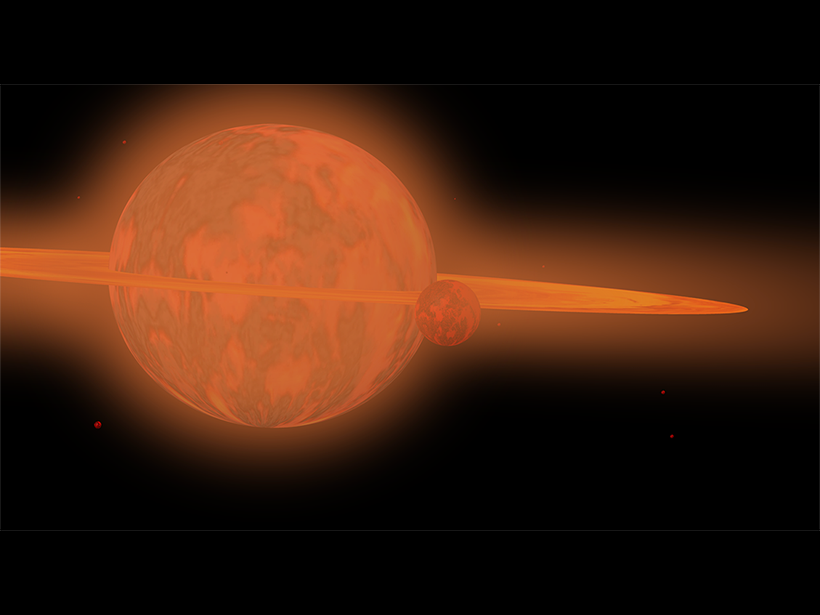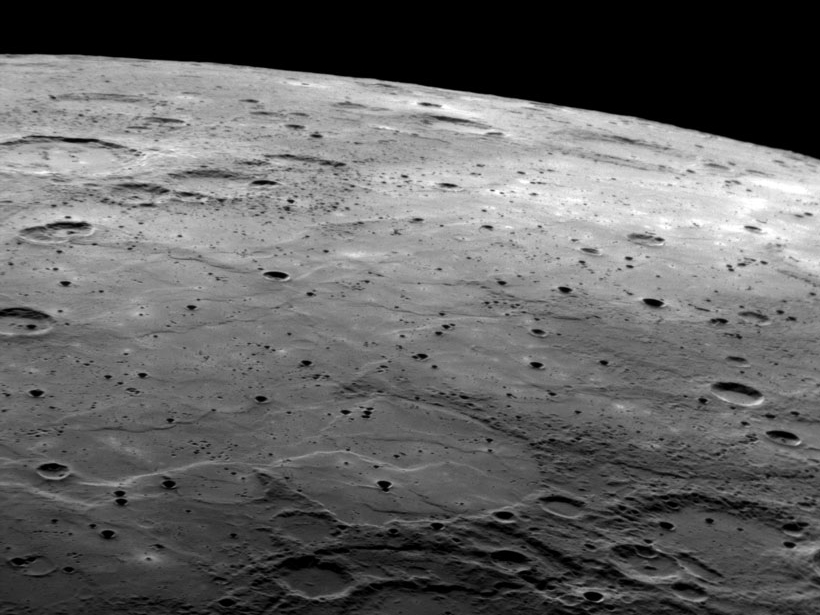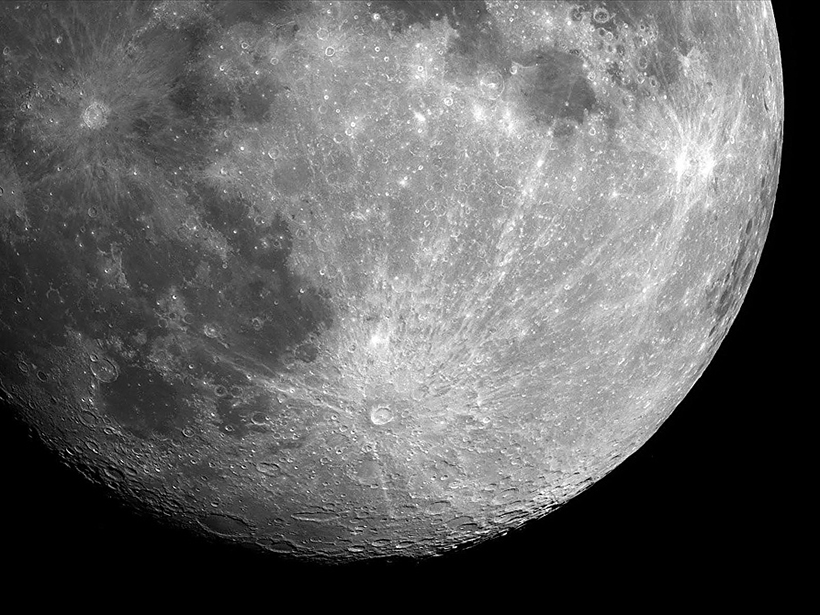An analysis suggests that craters degrade faster on Mercury than the Moon, raising questions about landscape evolution on different planetary bodies.
Moon
Administration Sets Moon as Destination
The U.S. National Space Council, an advisory body that has been dormant since 1993, focused on lunar travel, civil and commercial space opportunities, and national security when it met last week.
Choosing a Lunar Landing Site
A recent article in JGR: Planets described the geological characteristics of two candidate sites for the upcoming Chinese mission to the Moon.
Howling at the Moon with Eclipse Enthusiasts
From the reporters who stared at goats to poets who tweeted haiku, eclipse watchers across the nation flaunted their weird.
Sixteen Eclipse Studies That Illuminate Science from the Shadow
From jets that will chase the Moon’s shadow to a telescope designed to mimic the eyes of a mantis shrimp, projects across the United States will pack science into mere minutes when day turns to dark.
Signs of Water in a Moon Rock
NASA Solar System Exploration Research Virtual Institute (SSERVI) Lunar Volatiles Workshop; Laurel, Maryland, 15–17 November 2016
How Quickly Is Mercury’s Surface Evolving?
New measurements of impact craters on Mercury’s smooth plains suggest that the topography of the solar system’s innermost planet is changing at twice the rate of landforms on the Moon.
Meteorites Mix Moon’s Surface at Both Small and Large Scales
A three-dimensional model of material transport suggests that impact cratering can mix lunar soils across distances of more than 100 kilometers.
Lunar Lava Tubes Could Offer Future Moon Explorers a Safe Haven
Scientists find evidence that a 50-meter-deep pit on the Moon's surface could be a skylight opening to an intact lava tube tens of kilometers long.
Apollo 11 Command Module Goes on Tour
The exhibit includes Buzz Aldrin's gloves and an injector plate from the rocket's first-stage engine, which was recovered from the bottom of the Atlantic Ocean.










